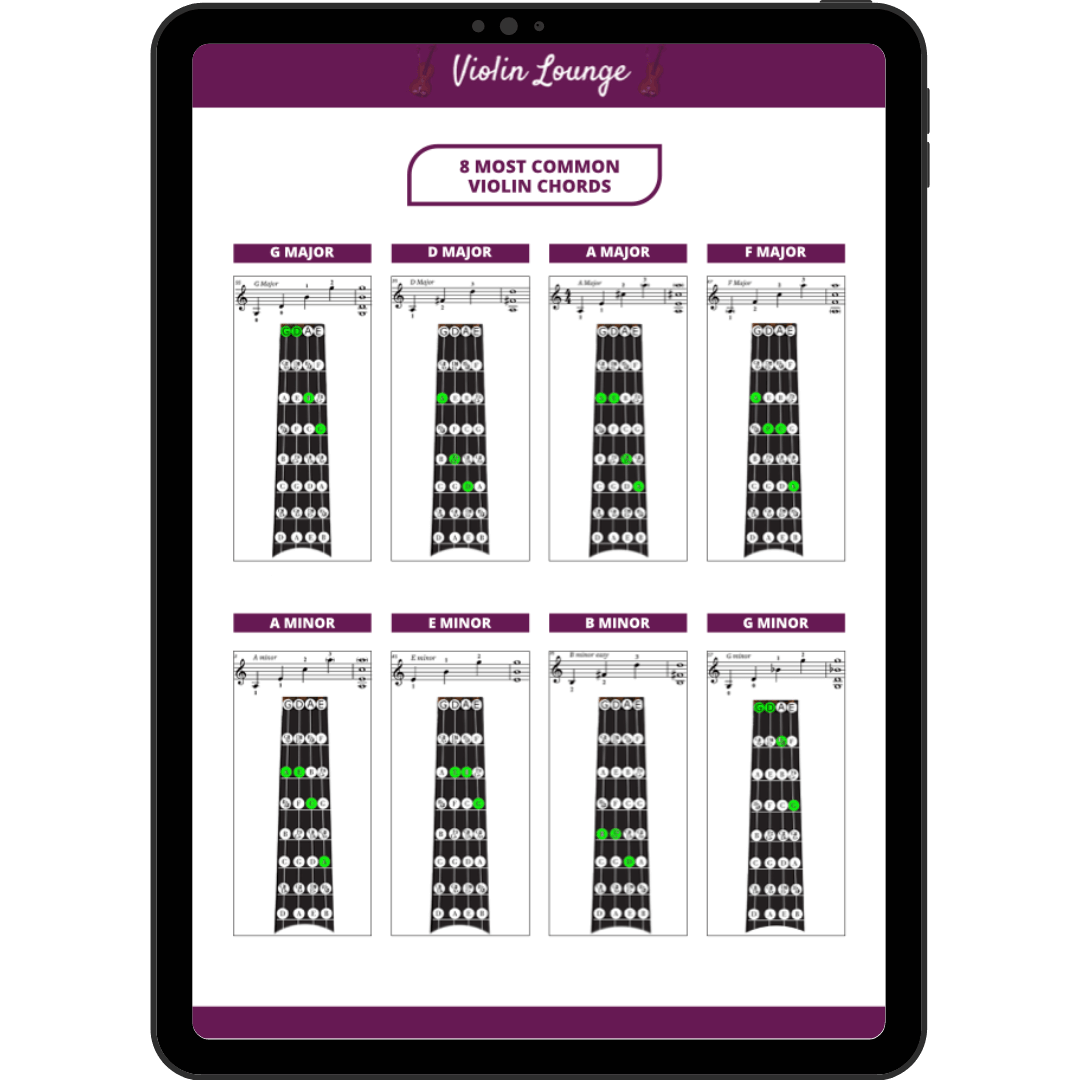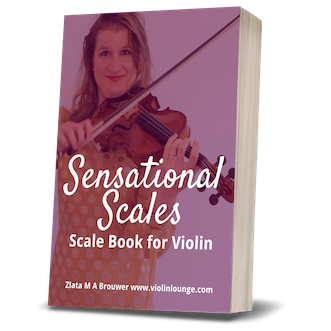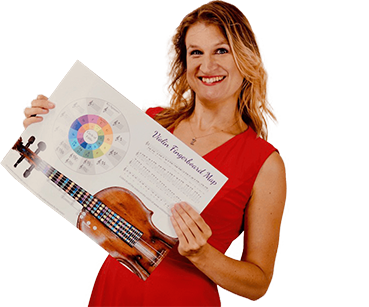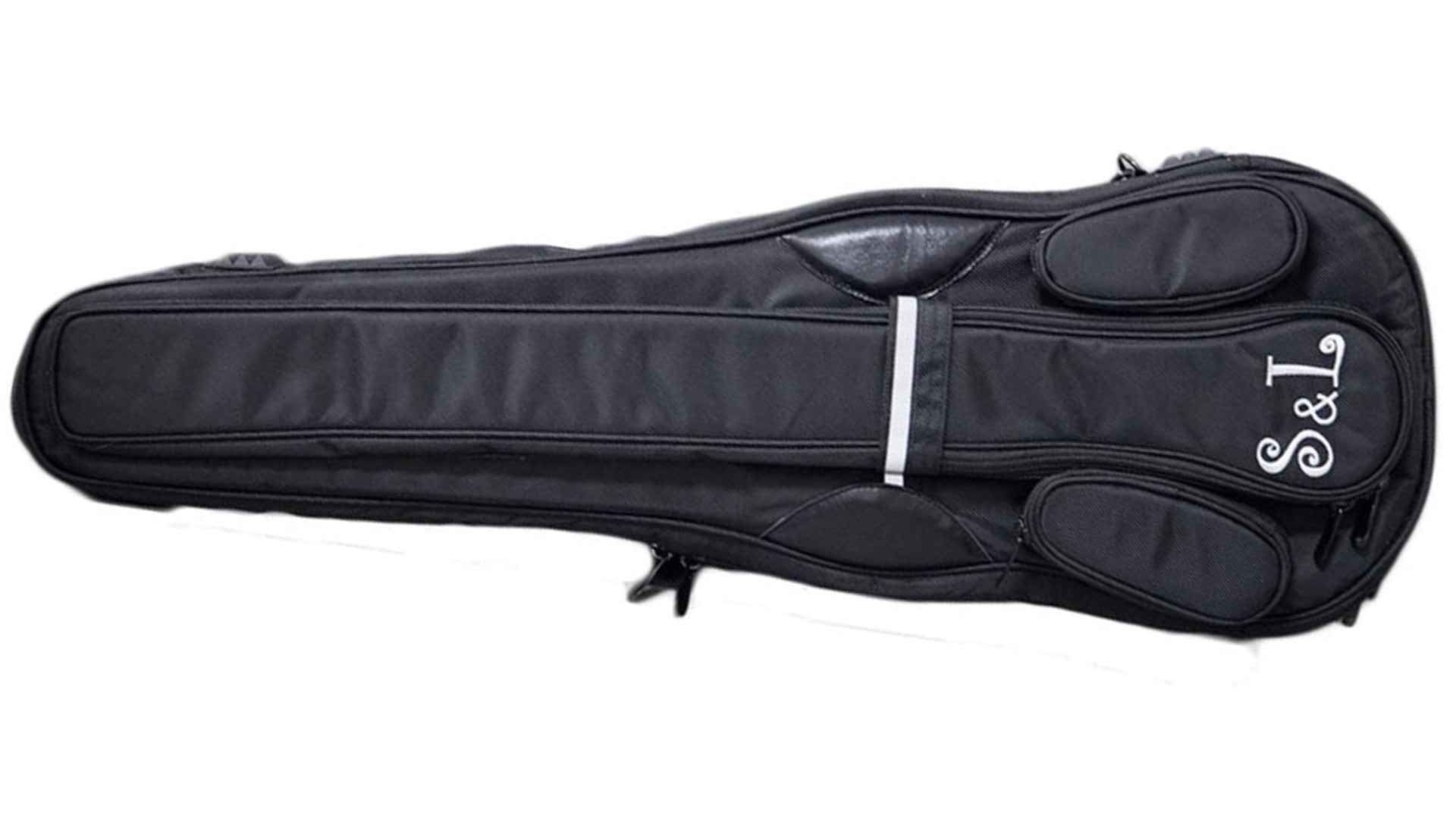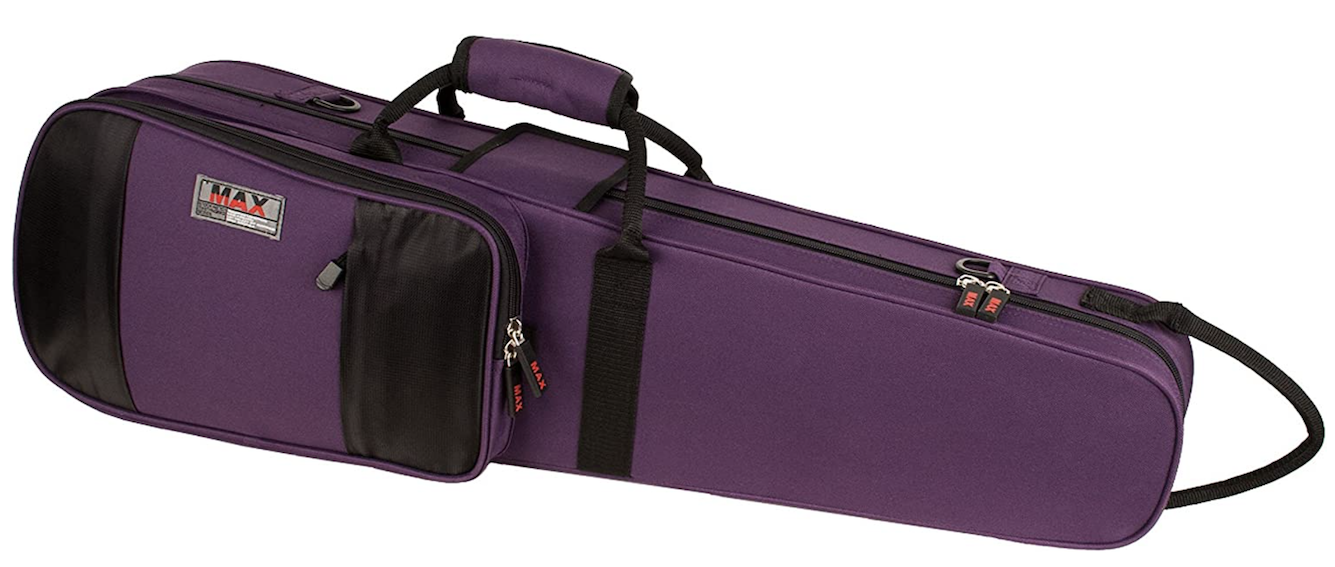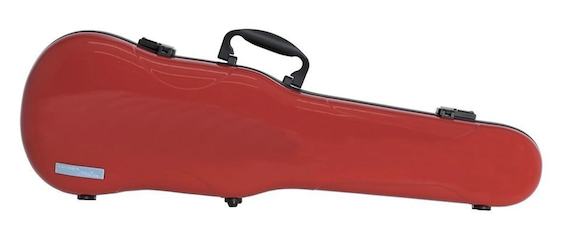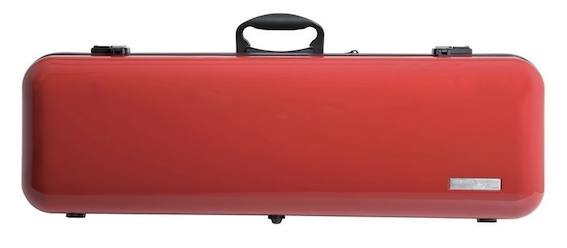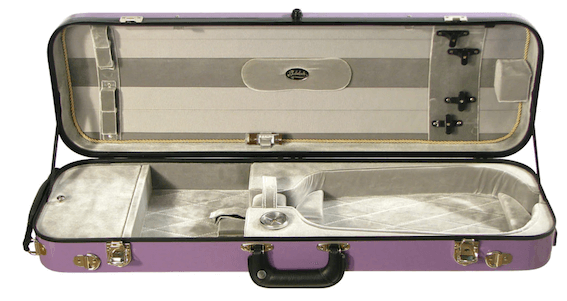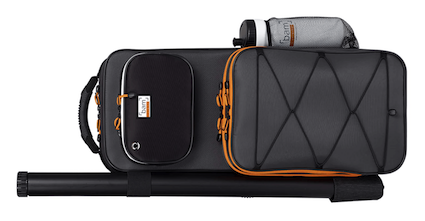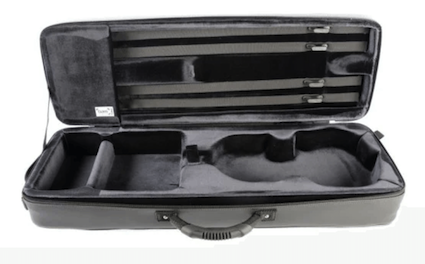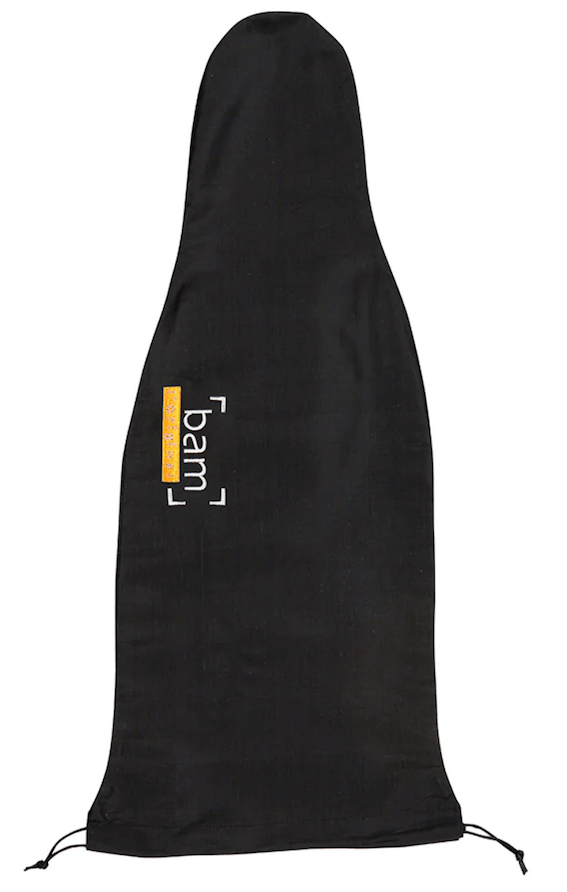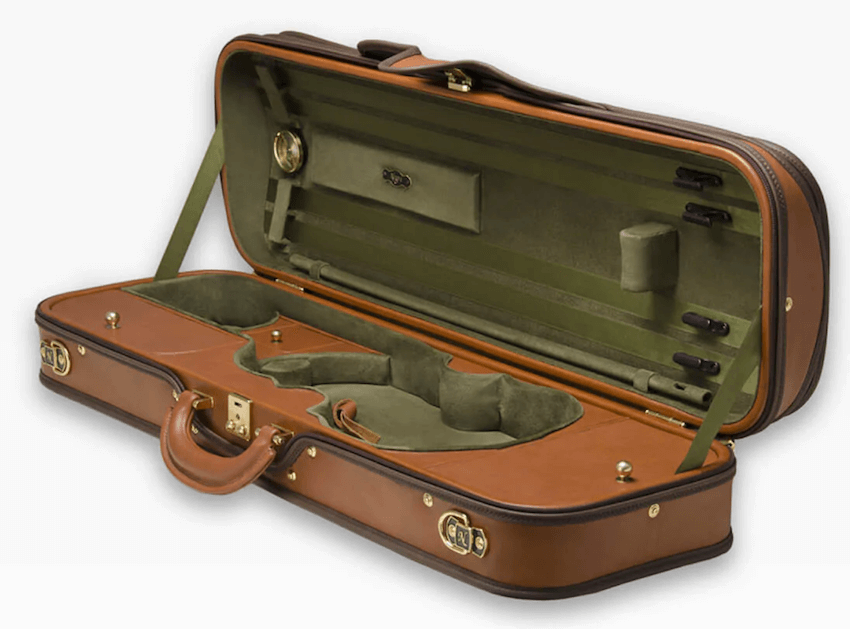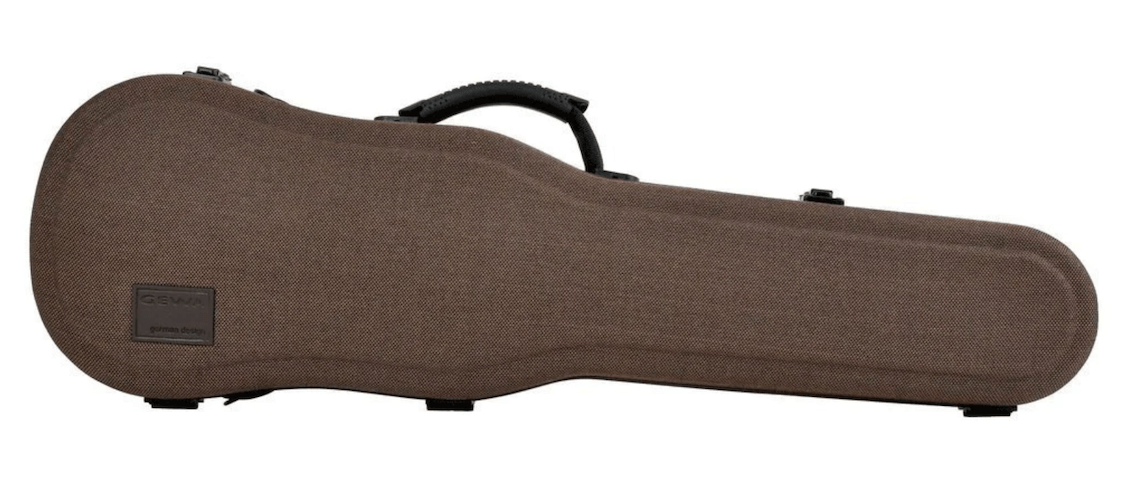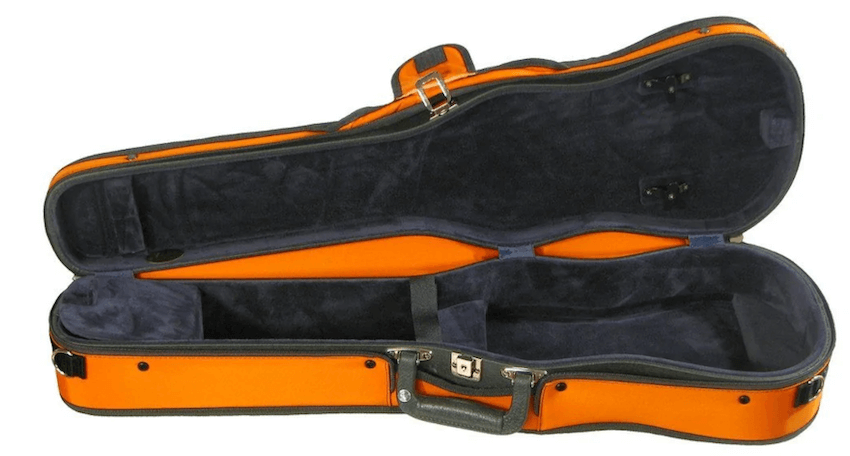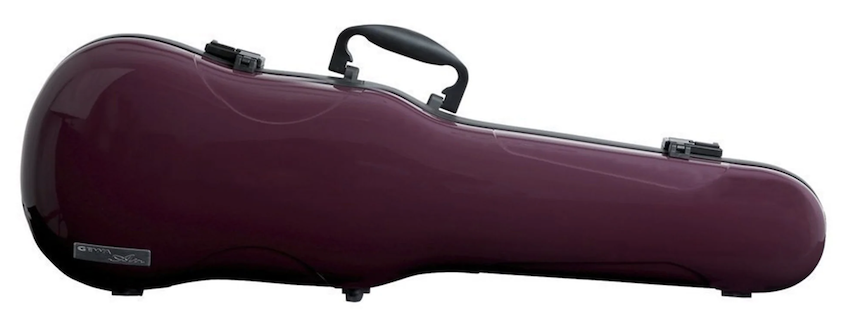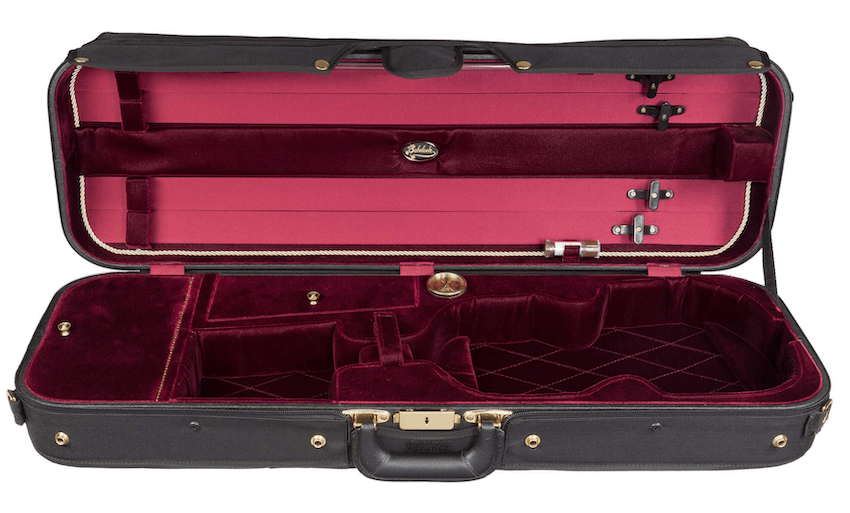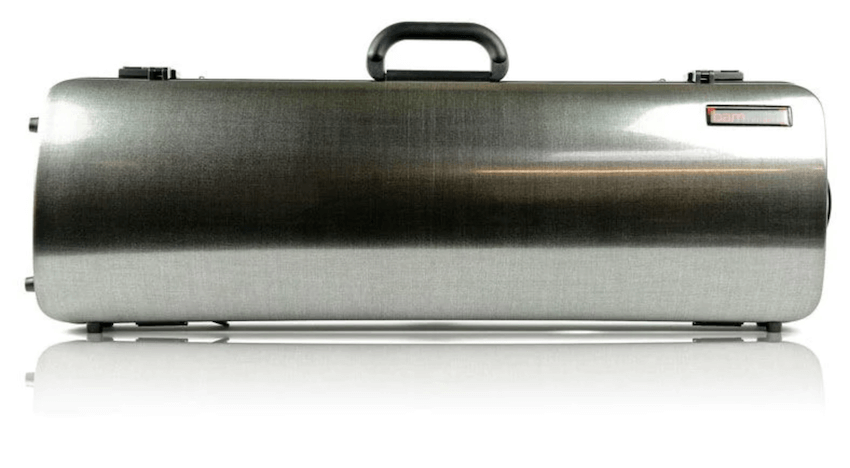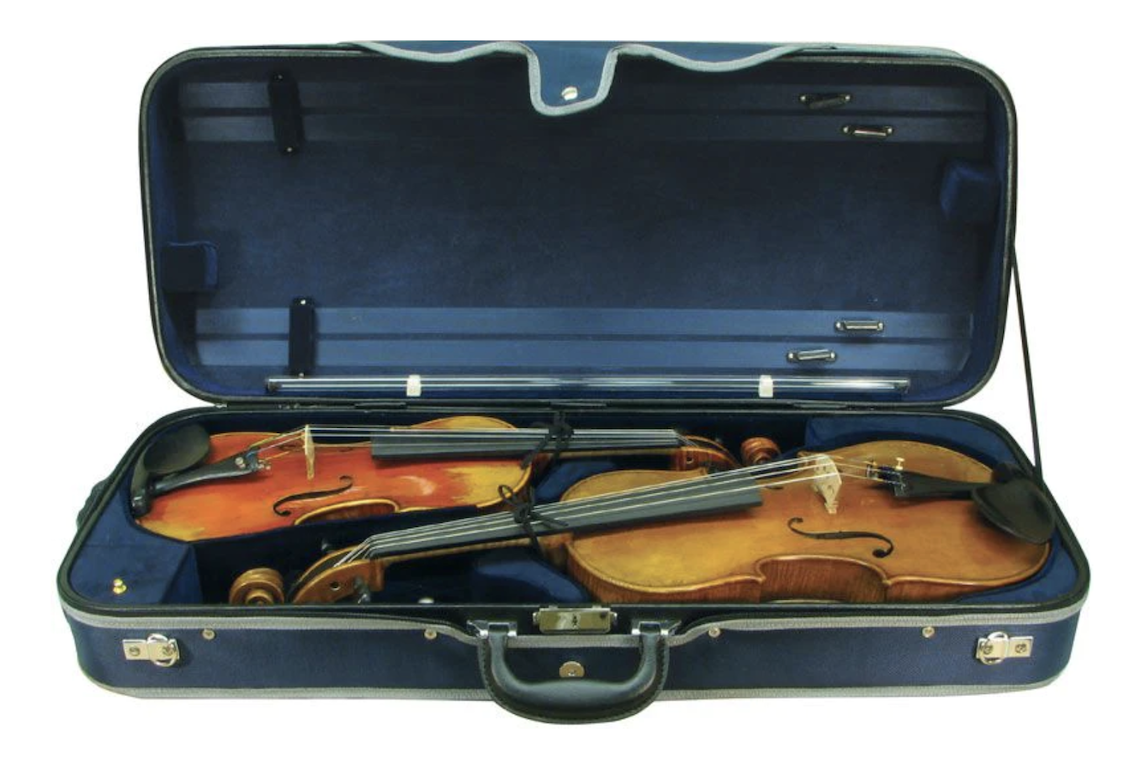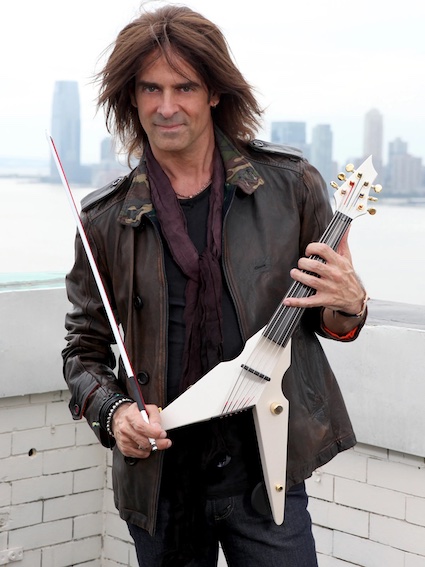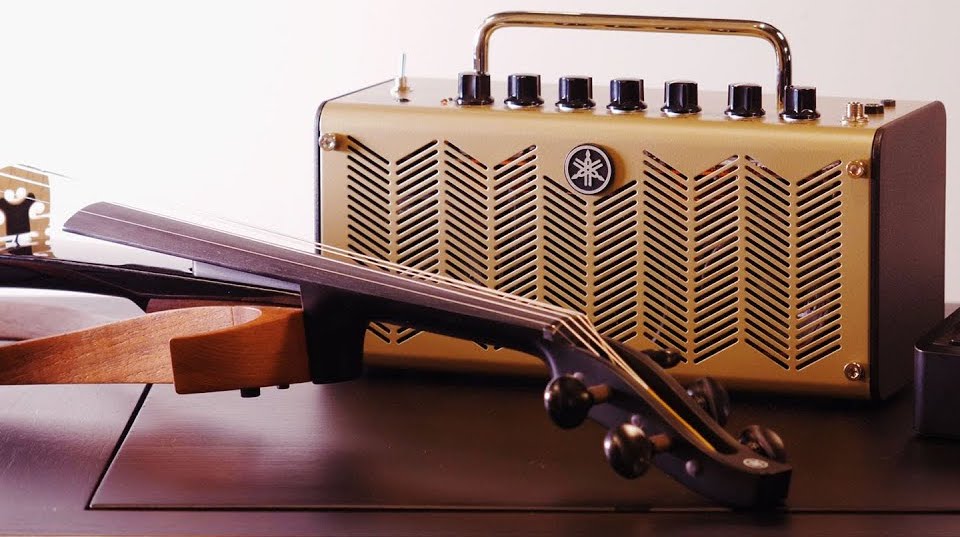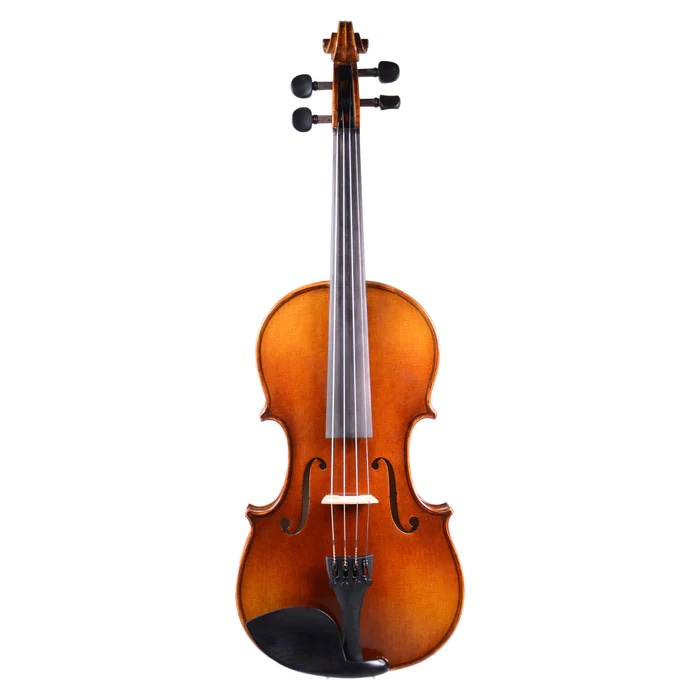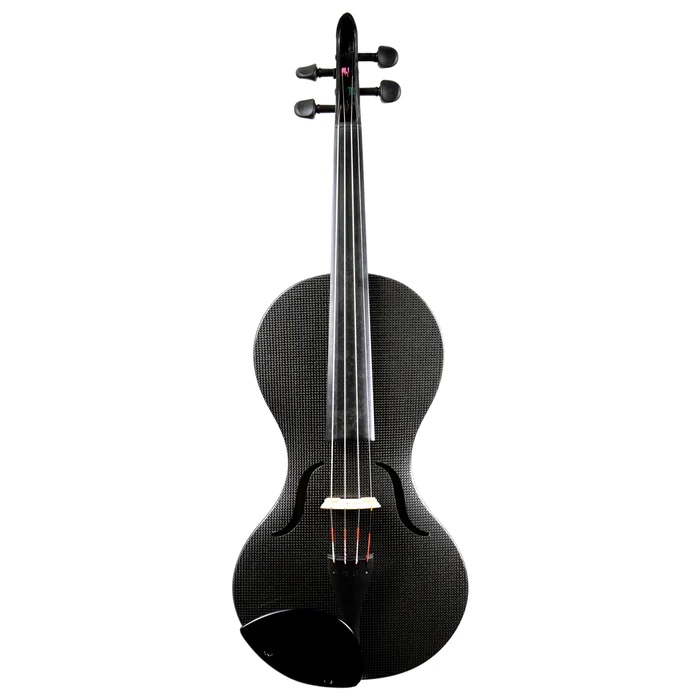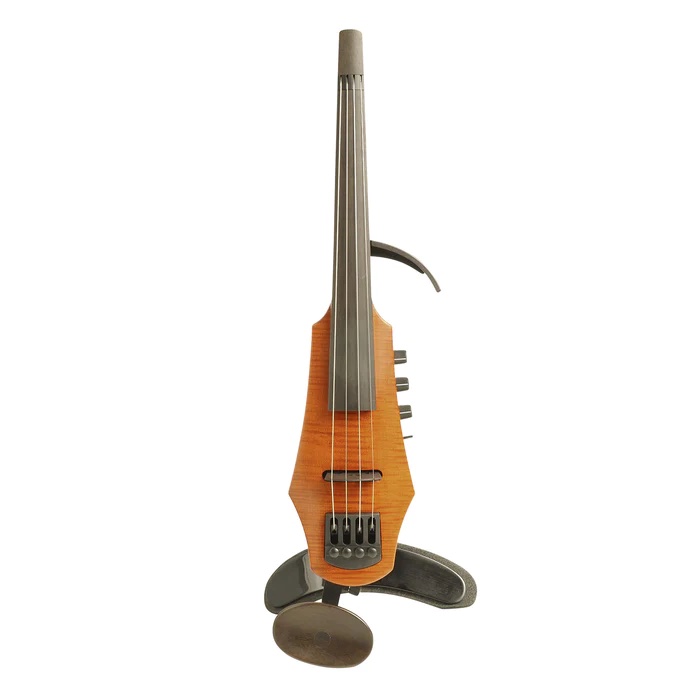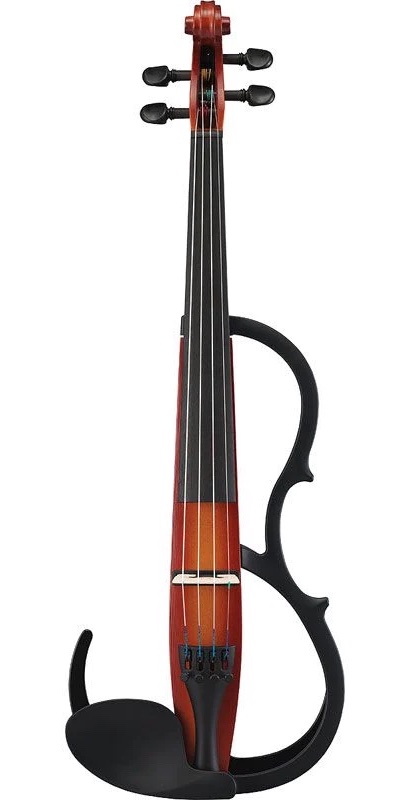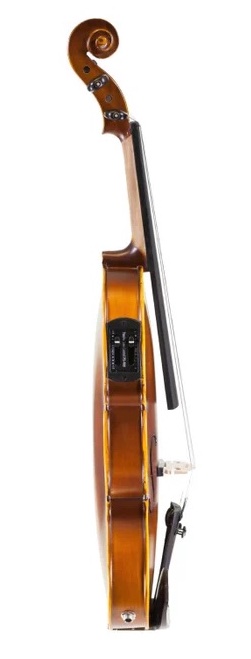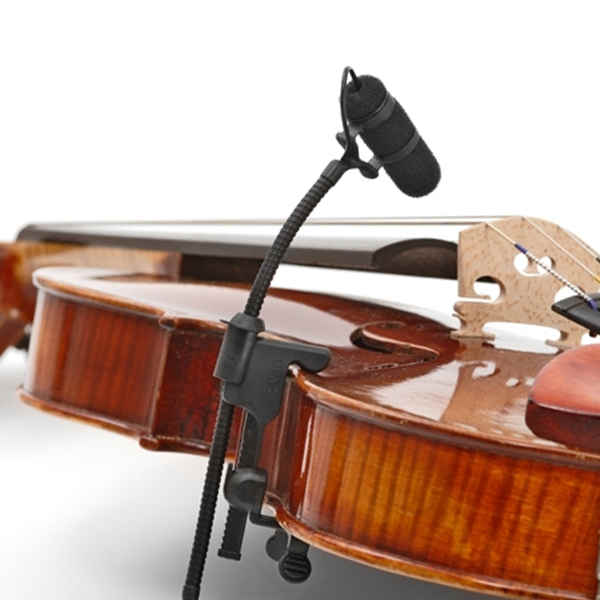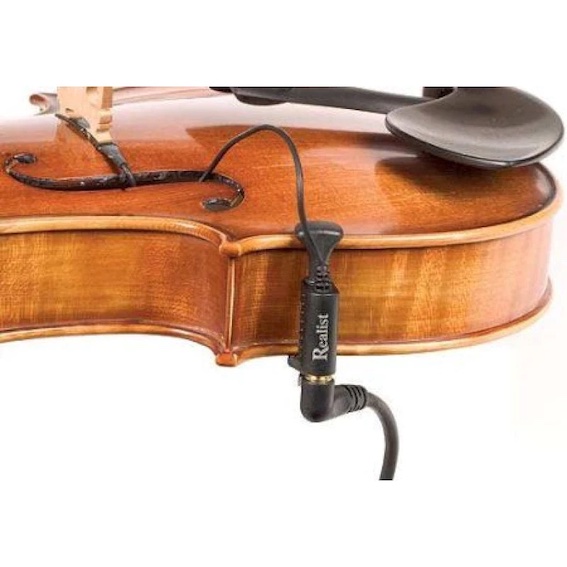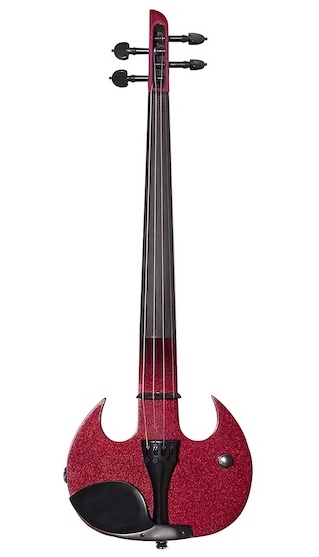8 Easy Violin Chords for Beginner Violinists
Learn to play the eight most common chords on the violin
Including sheet music, finger charts and audio samples
When you start playing the violin, you will quickly get to know the first scales and some simple tunes. You’ll be playing one note at a time. Did you know that it’s also possible to play multiple notes at the same? Just like the guitar, it’s also possible to play chords on the violin.
What is a chord?
A chord is anytime more than one note is played at the same time. Full chords must be at least three notes, so two notes at the same time are called partial chords, which are also called double stops by string players because it means playing two strings at once.
Playing chords on the violin is an advanced technique that may seem intimidating at first. Fortunately, you don’t have to start with Bach’s Chaconne. There are several beginner-friendly chords you can learn to add flash and style to your playing. Chords start showing up in many intermediate pieces, so learning them will broaden your repertoire.
In this article you find 8 easy violin chords for beginners to start practicing. See the rest of the article afterwards for how to read chords and a few technical tips for playing them well.
Quick note: There are multiple ways to play any chord on the violin. Here I give only the most common and logical way for each chord. Also, you might notice that the notes are played in different orders, as in the lowest note, or root of the chord, is not always on the bottom. That is because on a violin it is not always practical or possible to play a triad from top to bottom. Regardless of what order the notes are in, it is still the same chord.
How to play chords on the violin?
The bridge of a violin is curved and not flat like that of a guitar. This is why it’s possible to bow on one string. When you would try the same on guitar (or ukulele or mandolin), you would hit all the strings at the same time. However if you try to play chords, this is a bit harder.
Why is it difficult to play chords on the violin?
- The violin doesn’t have frets, so you have to place your fingers very exact (the note is not stopped by the fret) and you can’t see where you need to place them. Two difficulties at once.
- The bridge is curved, so you can’t bow on four strings at the same.
- The violin is generally a melodic instrument, so it’s taught ‘one note at a time’ and students start relatively late with chords. This is exactly why I recommend also for beginners to practice chords.
- Bowing is more difficult than plucking, which ads to the difficulty of playing the violin in general.
Here are four different ways to play chords on the violin:
Pizzicato violin chords
The easiest way to play chords is to pluck the strings. You don’t need to worry about the bow and you can easily let four strings ring at the same time. As plucking is not so hard as bowing, you only need to worry about the left hand.
Arpeggiated chords
An arpeggio means to play the notes of a chord one by one from bottom to top or from top to bottom. This can be an on the string arpeggio or a jumping arpeggio. You generally play the chord on one bow stroke.
Broken chords
You first play the two lower notes of the chord and after that on the same bow stroke the two higher notes. You can do this with a three note chord as well as a four note chord. This is the usual way to play chords, for example like those in Bach’s Chaconne.
An alternative way is to play the chord somewhat arpeggiated connected by double stop and then end on the highest note of the chord. Think about Bach’s Adagio from the g minor sonata.
Triple stops
With a normal violin set up, it’s not possible to play four notes at the same time. It IS however possible to play three notes at the same time. You bow a bit closer to the fingerboard, where the strings are closer together and you can press down the middle string with bow weight.
Violin chord chart PDF download
Free overview of all common violin chords
Handy downloadable PDF of all violin chords mentioned in this article. You can save it, print it, laminate it, put it on your music stand, frame it: it’s all yours for free.
Guess what: I’m also including two PDF’s of ALL major and minor violin chords, do you have everything complete to practice.
8 Easy Beginner Violin Chords
Below you’ll learn the most common chords on the violin. For each chord you’ll find a description how to play it, the sheet music notation, a sound sample and a finger chart.
Please note that the sound samples are of a synthetic violin and not actual recordings.
Are you looking for ALL major and minor chords on the violin? Check out these complete chord charts!
G Major violin chord
The notes of the G Major chord are G B D. Play open G and open D strings, then 1st finger B on A and 2nd finger G on E. For a three-note chord, leave out the bottom or the top note, but all four notes together is beautifully resonant.

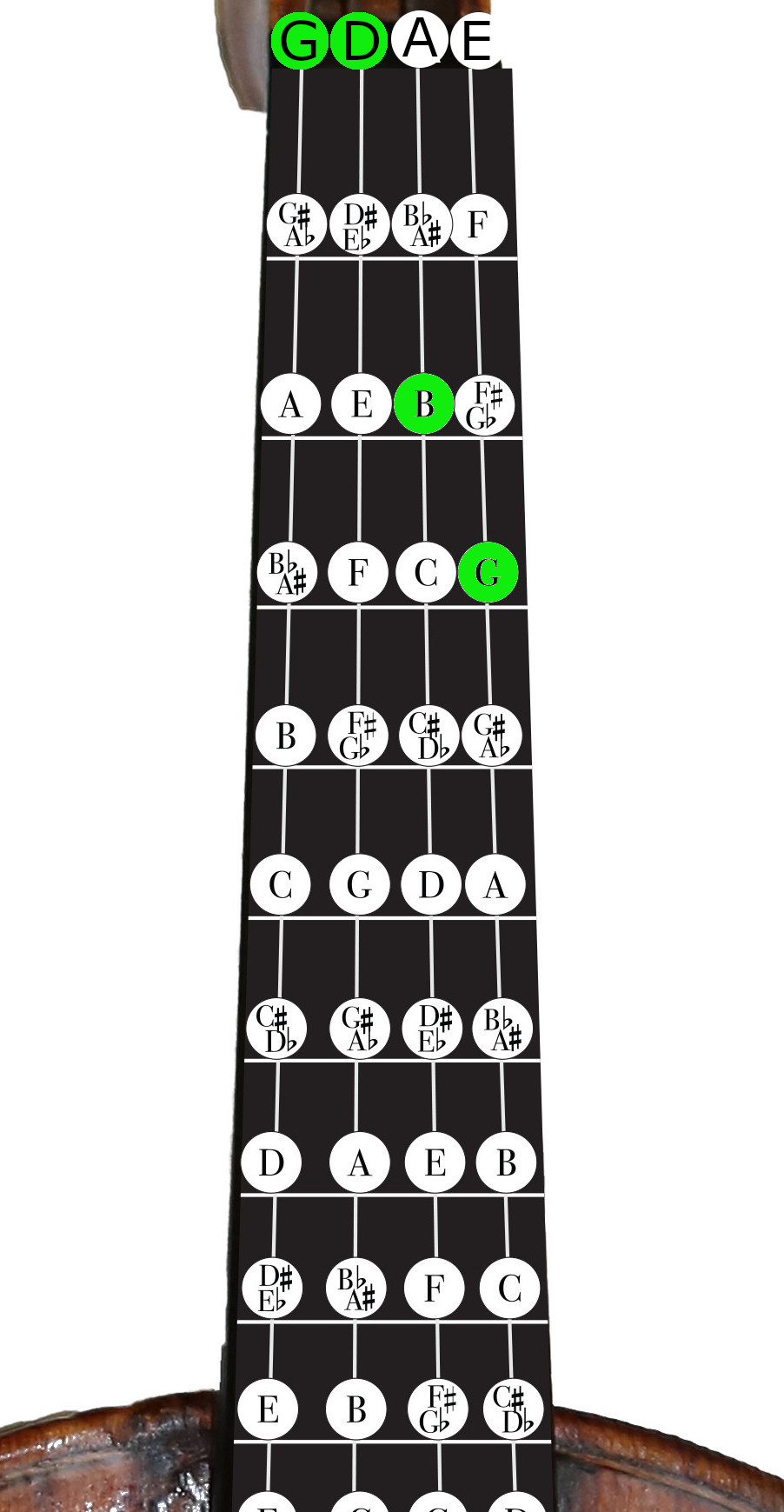
D Major violin chord
The notes of the D Major chord are D F# A. Play 1st finger A on G, high 2nd finger F# on D, and 3rd finger D on A.

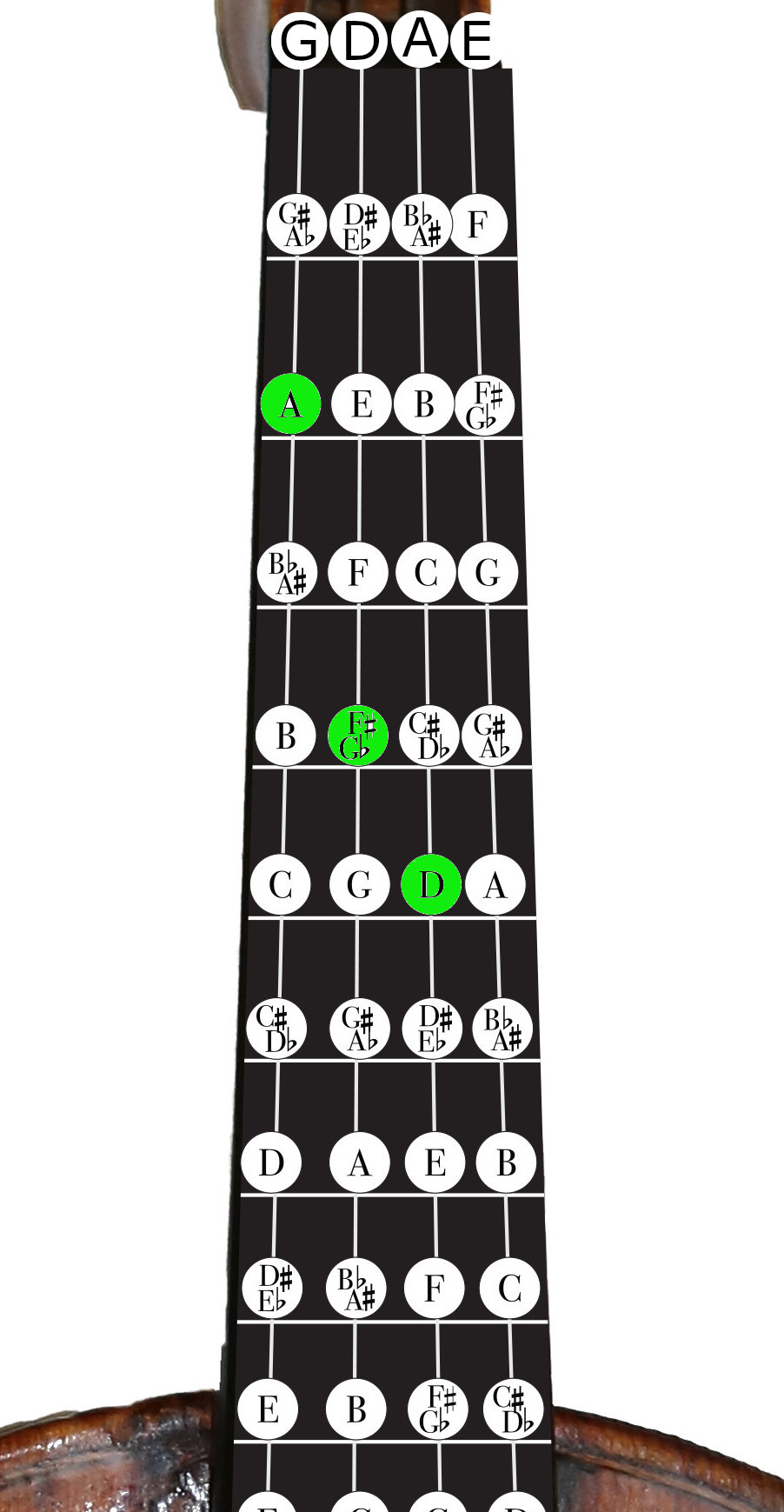
A Major violin chord
The notes of the A Major chord are A C# E. Play 1st finger E on D, high 2nd finger C# on A, and 3rd finger A on E. To make it a four-note chord, add the A on the G string by putting 1st finger on both low strings together.

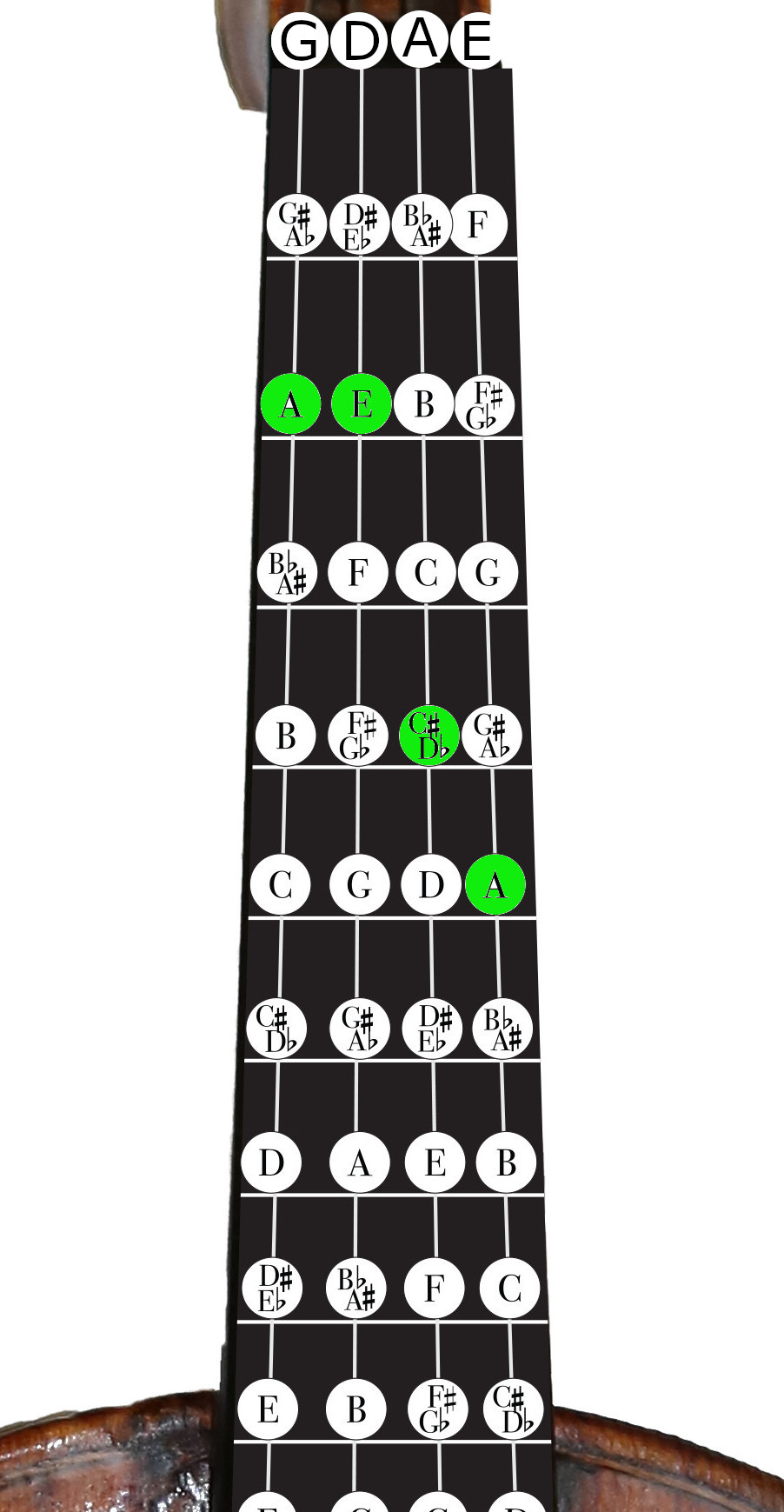
F Major violin chord
This is the only major chord on this list in a flat key. The notes of the F Major chord are F A C. Play 1st finger A on G, low 2nd finger F on D, then also low 2nd finger C on A. Alternatively, you could do low 2nd finger F on D, low 2nd finger C on A, and 3rd finger A on E. It just depends what’s in the music and what’s more comfortable for you.

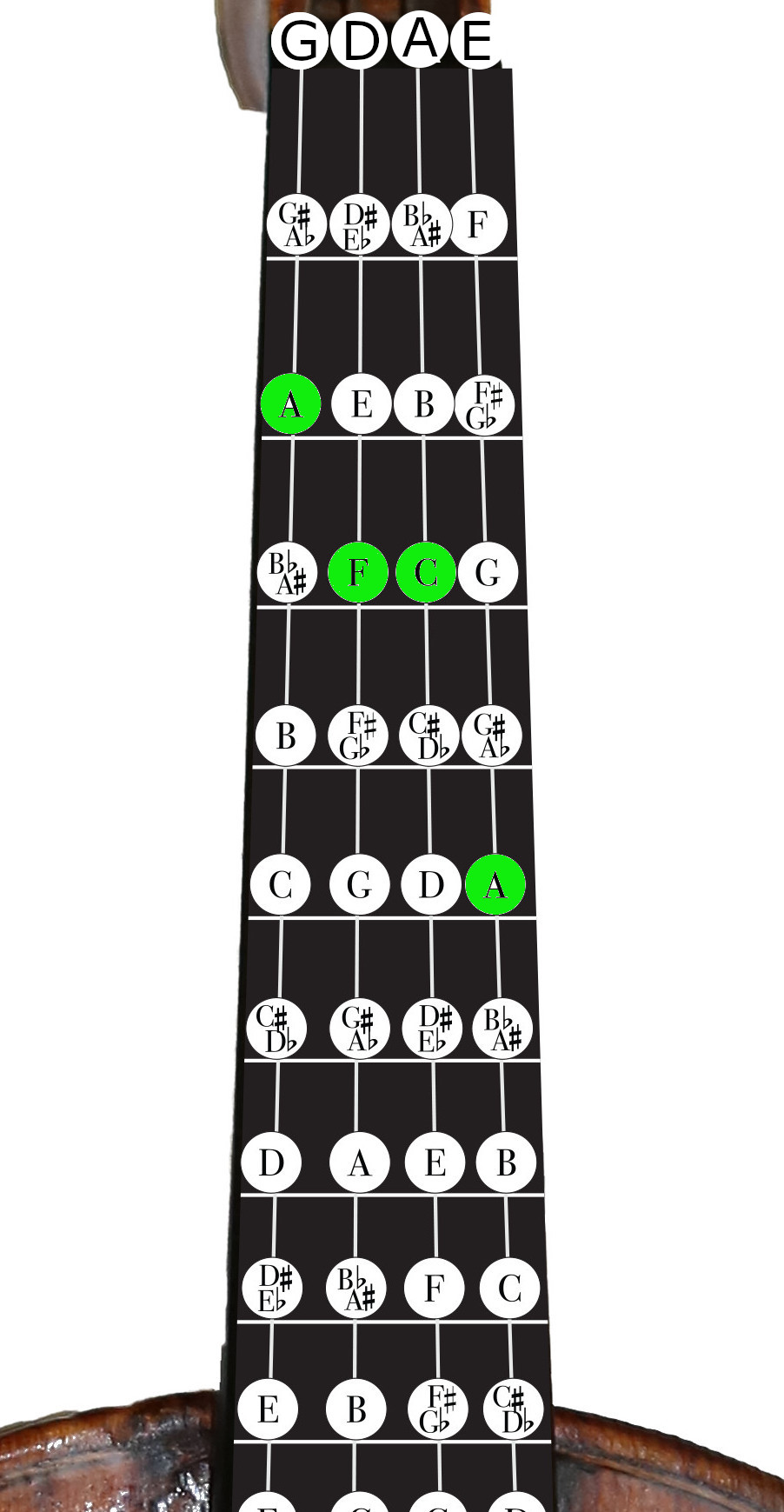
A minor violin chord
The notes of the A Minor chord are A C E. Play 1st finger A on G, 1st finger E on D, low 2nd finger C on A, and 3rd finger A on E.

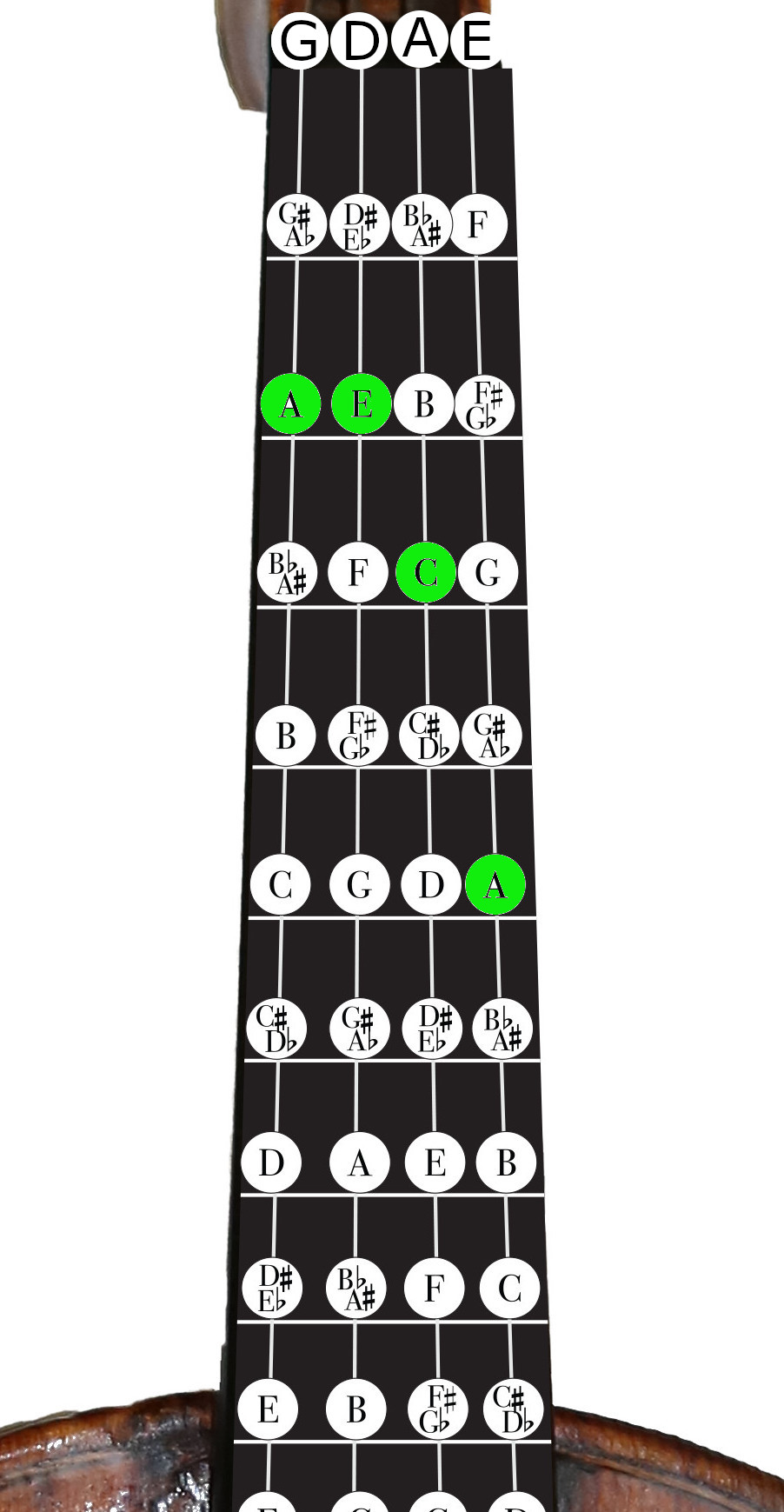
E minor violin chord
The notes of the E Minor chord are E G B. Play open G, 1st finger E on D, 1st finger B on A, and 2nd finger G on E. Leave out one of the G’s if you want.

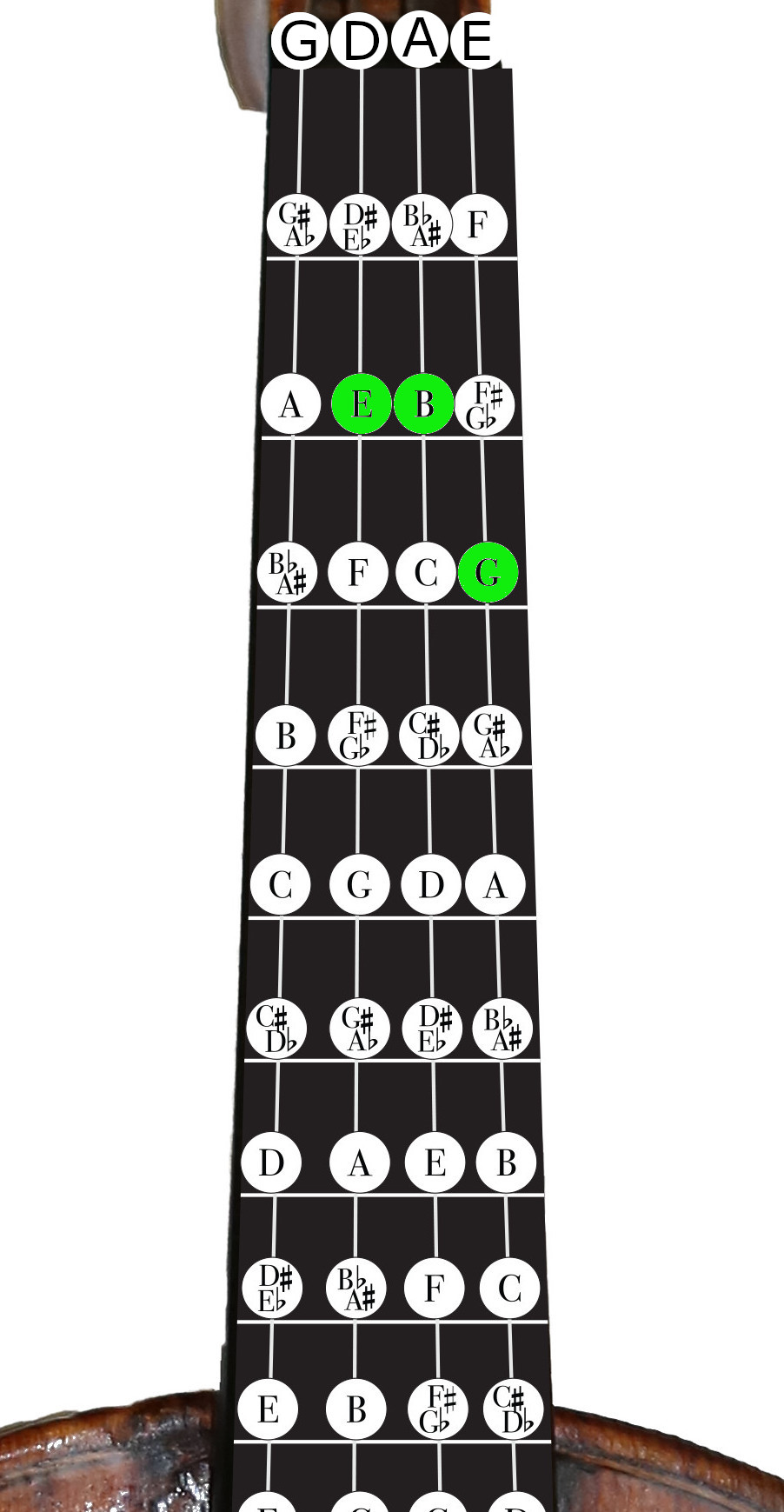
B minor violin chord
The notes of the B Minor chord are B D F#. Play high 2nd finger B on G, high 2nd finger F# on D, and 3rd finger D on A.

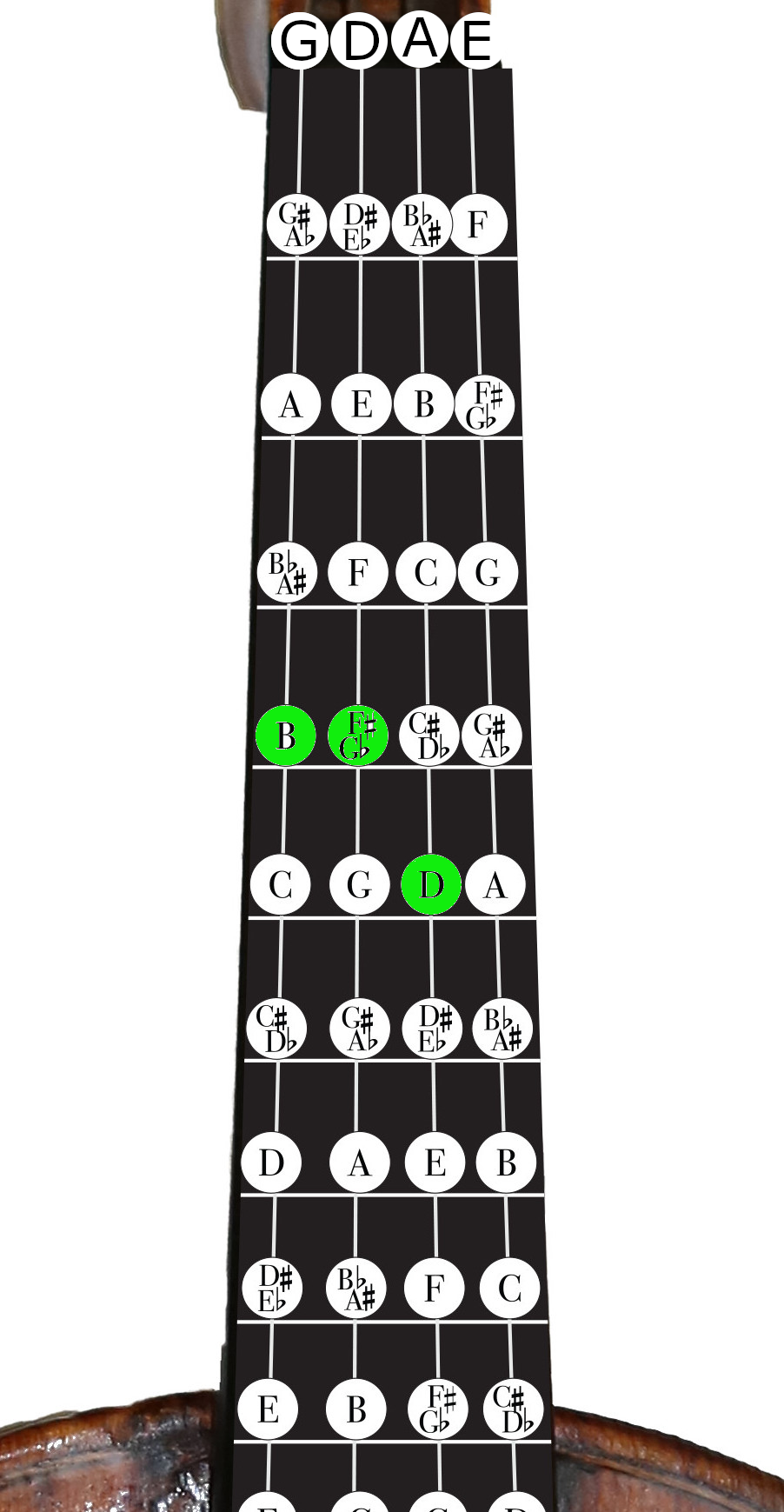
G minor violin chord
This is the only minor chord on this list that is in a flat key. The notes of the G Minor chord are G B♭ D. Play open G, open D, low 1st finger B♭ on A, and low 2nd finger G on E.

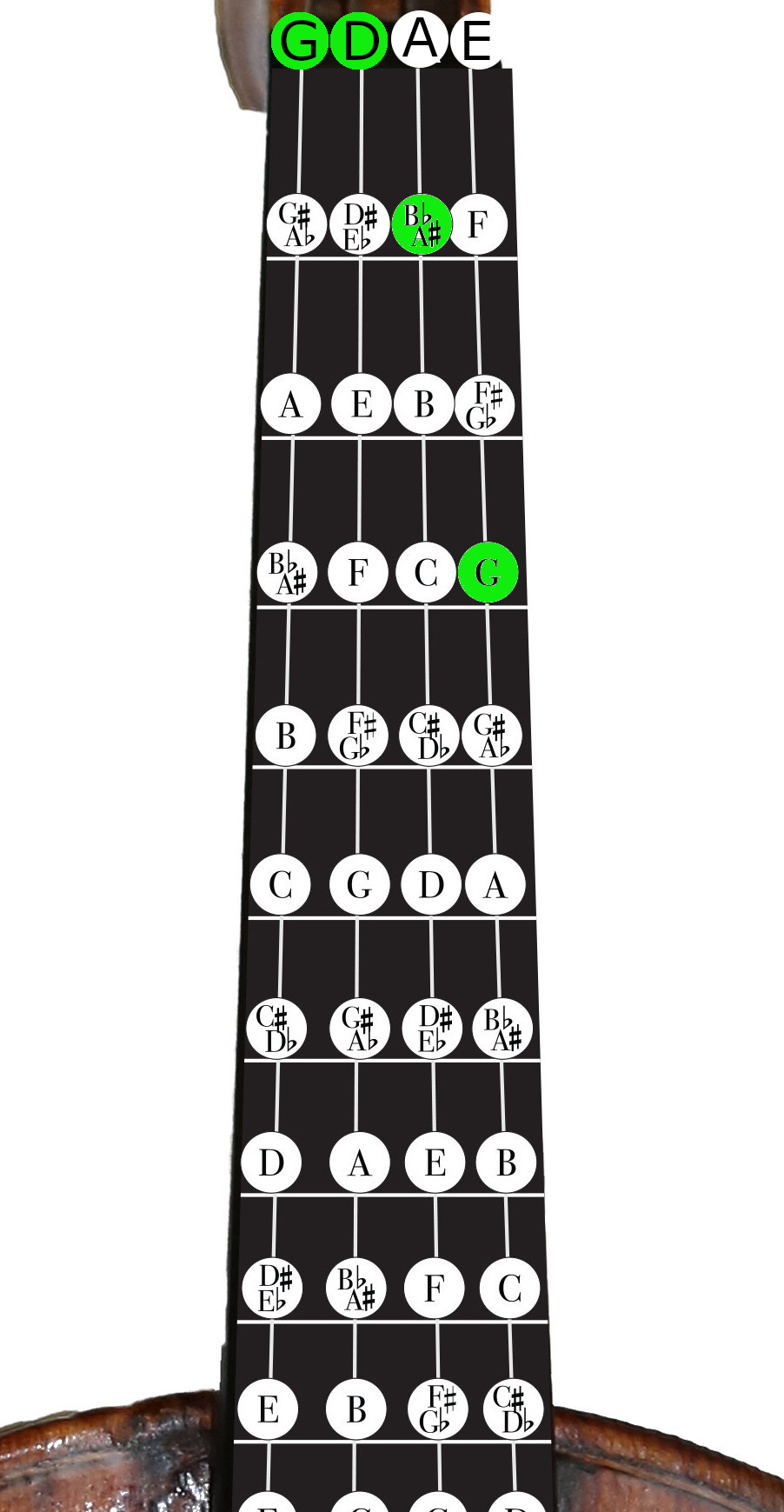
Violin chord chart PDF download
Free overview of all common violin chords
Handy downloadable PDF of all violin chords mentioned in this article. You can save it, print it, laminate it, put it on your music stand, frame it: it’s all yours for free.
Guess what: I’m also including two PDF’s of ALL major and minor violin chords, do you have everything complete to practice.
How to Read Violin Chords
What if you are trying to learn a chord in a piece and don’t have a chord chart? How in the world do you figure out where to play each note when they’re all on top of each other? Just remember that to play chords on the violin, every note must be on a different string. The chords you see as a beginner will probably be in first position, so the lower the note, the lower the string. In some cases you will need to use 4th finger, or play two strings with the same finger. You probably noticed in the above chords that several of them had the same finger on two different strings. Often that is the only way to play all the notes in the chord.
Tips for Playing Beautiful Chords on the Violin
- Four notes or three notes? On violin it is possible to play up to four notes in a chord. However, you only really need three to make a triad. But if you want the chord to resonate more or be more dramatic, double one of the notes so you use all four strings.
- Hit two strings together. The biggest challenge when playing chords is not making htem sound choppy. It is not actually possible to play three notes on violin exactly together, so hit the lower two and then quickly switch to the top two. The chord will sound much cleaner, rather than accidentally rolling the notes separately.
- DON’T press too hard! This is a huge misconception. You don’t need to press harder than you would when playing one note. That will actually kill the tone. To experiement, play one note with beautiful tone, then play a chord with the exact same bow weight.
- Play with a drone. Intonation is the other big challenge with chords. Put a drone on the bass note and tune each note separately to it and to each other, especially if you are playing perfect intervals (octaves, fourths, and fifths).
- Move your elbow over. Chords can feel very uncomfortable if your hand is cramped. Swinging your below around closer to your face will give you a rounder hand shape and help your fingers stretch further.
- Two strings with one finger. This is often necessary. Make sure your finger covers both strings equally. Play more with the tip of the finger than the pad for the most accurate intonation.

